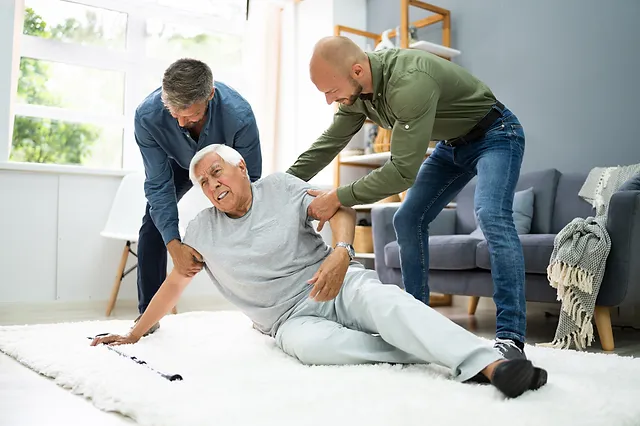Fractures, or broken bones, can occur at any age and are a common injury that many people experience at some point in their lives. While fractures can result from accidents, sports injuries, or falls, the specific type of fractures and their causes can vary among different age groups. In this blog, we will explore the common fractures seen in various age groups and provide essential information on what to look out for to recognize and address fractures promptly.
For expert care and treatment of fractures for the adult age group and senior citizens, trust the experienced team at Specialty Care Clinics.
Infants and Toddlers
Infants and toddlers are particularly susceptible to fractures due to their curious and explorative nature, often leading to accidental falls. Common fractures in this age group include:
Greenstick Fractures: These are incomplete fractures, where the bone bends and cracks but doesn’t completely break. Greenstick fractures are common in young children due to their softer and more flexible bones.
Forearm Fractures: Young children may fracture their forearms while trying to break a fall with their outstretched arms.
Clavicle Fractures: The collarbone (clavicle) is relatively fragile in infants and toddlers and can fracture from a direct blow or fall.

School-Aged Children and Adolescents
During the school-age years and adolescence, children become more active and participate in various sports and physical activities. Consequently, the risk of certain fractures increases:
Wrist Fractures: Falling onto an outstretched hand is a common cause of wrist fractures in this age group.
Ankle Fractures: Sports-related injuries and falls can lead to ankle fractures, particularly in active adolescents.
Growth Plate Fractures: The growth plates, areas of cartilage near the ends of long bones, are susceptible to fractures during rapid growth spurts.
Adults
In adulthood, fractures can occur due to a range of reasons, including accidents, sports injuries, and age-related changes in bone density:
Hip Fractures: A common concern in older adults, hip fractures often result from falls or osteoporosis-related bone weakening.
Vertebral Compression Fractures: These fractures occur in the vertebrae of the spine and are more prevalent in older adults with osteoporosis.
Clavicle Fractures: The collarbone can also fracture in adults due to falls, sports injuries, or motor vehicle accidents.
Elderly
As bone density decreases with age, elderly individuals are at a higher risk of fractures, particularly from falls:
Hip Fractures: Hip fractures are a significant concern for elderly individuals and can have serious implications for mobility and independence.
Vertebral Compression Fractures: Elderly individuals with osteoporosis are at risk of vertebral compression fractures, which can cause back pain and postural changes.
Fractures of the Pelvis and Femur: Falls can lead to fractures of the pelvis or femur in the elderly population.

Recognizing and Addressing Fractures
It is essential to recognize the signs of fractures and seek medical attention promptly. Common symptoms of fractures include severe pain, swelling, bruising, deformity, and difficulty moving the affected area.
If a fracture is suspected, seek medical attention immediately. Proper diagnosis and treatment are crucial to ensure optimal healing and prevent complications. Depending on the type and severity of the fracture, treatment options may include immobilization with casts or splints, realignment (reduction), surgery, and rehabilitation.
Conclusion
Fractures are common injuries that can occur at any age. Understanding the common types of fractures seen in different age groups and recognizing their symptoms is vital in ensuring timely and appropriate medical care. If you suspect a fracture, consult a healthcare professional promptly for proper diagnosis and treatment to facilitate a smooth and successful recovery.
Don’t delay in addressing fractures – contact Specialty Care Clinics at (469) 545-9983 and take the first step towards a swift and successful recovery.
